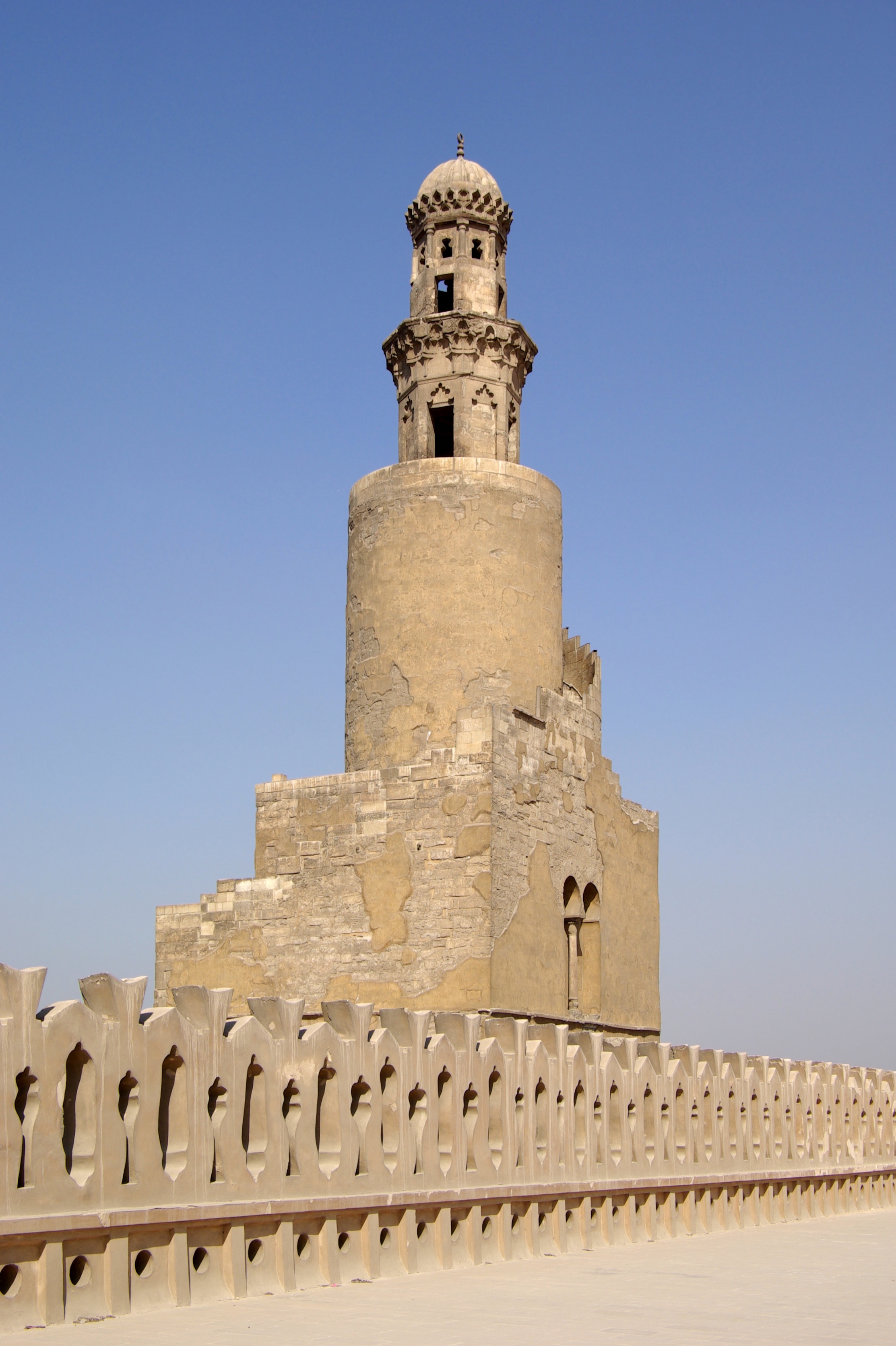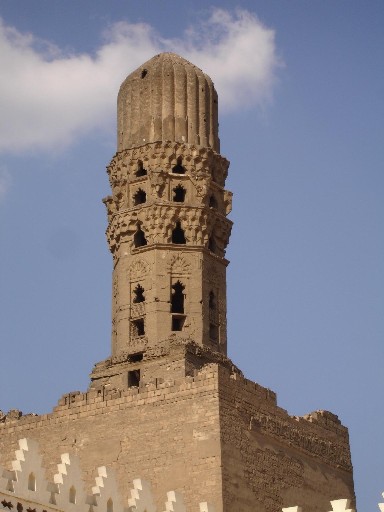|
Wasita (title)
''Wāsiṭa'' ("intermediary") was a title given to the senior administrative official in Fatimid Egypt in the late 10th and early 11th centuries. The title signified the role of the chief minister as the "intermediary" between the Fatimid caliphs and the administration and the people, but was junior to the rank of vizier (''wazīr''), which was more common in the Islamic world. It was first given to al-Hasan ibn Ammar in 996, and continued to be held by several chief ministers during the reigns of al-Hakim bi-Amr Allah (r. 996–1021) and Ali az-Zahir Abū al-Ḥasan ʿAlī ibn al-Ḥākim ( ar, أبو الحسن علي ابن الحاكم; 20 June 1005 – 13 June 1036), better known with his regnal name al-Ẓāhir li-iʿzāz Dīn Allāh ( ar, الظاهر لإعزاز دين الله, ... (r. 1021–1036). With the rise of powerful military leaders who occupied the position of chief minister in the second half of the 11th century, however, the title was abandoned again ... [...More Info...] [...Related Items...] OR: [Wikipedia] [Google] [Baidu] |
Fatimid
The Fatimid Caliphate was an Ismaili Shi'a caliphate extant from the tenth to the twelfth centuries AD. Spanning a large area of North Africa, it ranged from the Atlantic Ocean in the west to the Red Sea in the east. The Fatimids, a dynasty of Arab origin, trace their ancestry to Muhammad's daughter Fatima and her husband ‘Ali b. Abi Talib, the first Shi‘a imam. The Fatimids were acknowledged as the rightful imams by different Isma‘ili communities, but also in many other Muslim lands, including Persia and the adjacent regions. Originating during the Abbasid Caliphate, the Fatimids conquered Tunisia and established the city of " al-Mahdiyya" ( ar, المهدية). The Ismaili dynasty ruled territories across the Mediterranean coast of Africa and ultimately made Egypt the center of the caliphate. At its height, the caliphate included – in addition to Egypt – varying areas of the Maghreb, Sudan, Sicily, the Levant, and the Hijaz. Between 902 to 909 the foundat ... [...More Info...] [...Related Items...] OR: [Wikipedia] [Google] [Baidu] |
Medieval Egypt
Following the Muslim conquest of Egypt, Islamic conquest in 639, Lower Egypt was ruled at first by governors acting in the name of the Rashidun Caliphs and then the Umayyad Caliphs in Damascus, but in 747 the Umayyads Abbasid Revolution, were overthrown. Throughout Islamic rule, Al-Askar, Askar was named the capital and housed the ruling administration. The conquest led to two separate provinces all under one ruler: Upper Egypt, Upper and Lower Egypt. These two very distinct regions were governed by the military and followed the demands handed down by the governor of Egypt and imposed by the heads of their communities. Egypt was ruled by many dynasties from the start of Islamic control in 639 until the early 16th century. The Umayyad period lasted from 658 to 750. The Abbasid period which came after was much more focused on taxes and centralizing power. In 868, the Tulunids, ruled by Ahmad ibn Tulun, expanded Egypt's territory into the Levant. He would rule until his death in 884 ... [...More Info...] [...Related Items...] OR: [Wikipedia] [Google] [Baidu] |
Caliph
A caliphate or khilāfah ( ar, خِلَافَة, ) is an institution or public office under the leadership of an Islamic steward with the title of caliph (; ar, خَلِيفَة , ), a person considered a political-religious successor to the Islamic prophet Muhammad and a leader of the entire Muslim world (ummah). Historically, the caliphates were polities based on Islam which developed into multi-ethnic trans-national empires. During the medieval period, three major caliphates succeeded each other: the Rashidun Caliphate (632–661), the Umayyad Caliphate (661–750), and the Abbasid Caliphate (750–1258). In the fourth major caliphate, the Ottoman Caliphate, the rulers of the Ottoman Empire claimed caliphal authority from 1517. Throughout the history of Islam, a few other Muslim states, almost all hereditary monarchies such as the Mamluk Sultanate (Cairo) and Ayyubid Caliphate, have claimed to be caliphates. The first caliphate, the Rashidun Caliphate, was established in ... [...More Info...] [...Related Items...] OR: [Wikipedia] [Google] [Baidu] |
Vizier
A vizier (; ar, وزير, wazīr; fa, وزیر, vazīr), or wazir, is a high-ranking political advisor or minister in the near east. The Abbasid caliphs gave the title ''wazir'' to a minister formerly called ''katib'' (secretary), who was at first merely a helper but afterwards became the representative and successor of the ''dapir'' (official scribe or secretary) of the Sassanian kings. In modern usage, the term has been used for government ministers in much of the Middle East and beyond. Several alternative spellings are used in English, such as ''vizir'', ''wazir'', and ''vezir''. Etymology Vizier is suggested to be an Iranian word, from the Pahlavi root of ''vičir'', which originally had the meaning of a ''decree'', ''mandate'', and ''command'', but later as its use in Dinkard also suggests, came to mean ''judge'' or ''magistrate''. Arthur Jeffery considers the word to be a "good Iranian" word, as has a well-established root in Avestan language. The Pahlavi ''viči ... [...More Info...] [...Related Items...] OR: [Wikipedia] [Google] [Baidu] |
Al-Hasan Ibn Ammar
Hasan ibn Ali ( ar, الحسن بن علي, translit=Al-Ḥasan ibn ʿAlī; ) was a prominent early Islamic figure. He was the eldest son of Ali and Fatima and a grandson of the Islamic prophet Muhammad. He briefly ruled as caliph from January 661 until August 661. He is considered as the second Imam in Shia Islam, succeeding Ali and preceding his brother Husayn. As a grandson of the prophet, he is part of the and the , also is said to have participated in the event of Mubahala. During the caliphate of Ali (), Hasan accompanied him in the military campaigns of the First Muslim Civil War. After Ali's assassination in 661, Hasan was acknowledged caliph in Kufa. His sovereignty was not recognized by Syria's governor Mu'awiya I (), who led an army into Kufa while pressing Hasan for abdication in letters. In response, Hasan sent a vanguard under Ubayd Allah ibn al-Abbas to block Mu'awiya's advance until he arrived with the main army. Meanwhile, Hasan was severely wounded ... [...More Info...] [...Related Items...] OR: [Wikipedia] [Google] [Baidu] |
Al-Hakim Bi-Amr Allah
Abū ʿAlī Manṣūr (13 August 985 – 13 February 1021), better known by his regnal name al-Ḥākim bi-Amr Allāh ( ar, الحاكم بأمر الله, lit=The Ruler by the Order of God), was the sixth Fatimid caliph and 16th Ismaili imam (996–1021). Al-Hakim is an important figure in a number of Shia Ismaili sects, such as the world's 15 million Nizaris and 1–2 million Musta'lis, in addition to the 2 million Druze of the Levant. (''Which page?'') Histories of al-Hakim can prove controversial, as diverse views of his life and legacy exist. Historian Paul Walker writes: "Ultimately, both views of him, the mad and despotic tyrant (like Germanic and Roman despots) irrationally given to killing those around him on a whim, and the ideal supreme ruler, divinely ordained and chosen, whose every action was just and righteous, were to persist, the one among his enemies and those who rebelled against him, and the other in the hearts of true believers, who, while perhaps p ... [...More Info...] [...Related Items...] OR: [Wikipedia] [Google] [Baidu] |
Ali Az-Zahir
Abū al-Ḥasan ʿAlī ibn al-Ḥākim ( ar, أبو الحسن علي ابن الحاكم; 20 June 1005 – 13 June 1036), better known with his regnal name al-Ẓāhir li-iʿzāz Dīn Allāh ( ar, الظاهر لإعزاز دين الله, , He Who Appears Openly to Strengthen the Religion of God), was the seventh caliph of the Fatimid dynasty (1021–1036). Al-Zahir assumed the caliphate after the disappearance of his father al-Hakim bi-Amr Allah. Reign At the time of al-Hakim's disappearance on 14 February 1021, his sister, Sitt al-Mulk, took the reins of power. She disregarded the previous appointment of a cousin, Abd al-Rahim ibn Ilyas, as heir apparent by al-Hakim, and instead raised al-Hakim's 16-year-old son Ali to the throne. Ali received the public oath of allegiance on 28 March, with the regnal name ''al-Zāhir li-iʿzāz Dīn Allāh''. His rival, Abu'l-Qasim, was recalled from Damascus, where he was serving as governor, to Cairo, where he died—reportedly by sui ... [...More Info...] [...Related Items...] OR: [Wikipedia] [Google] [Baidu] |
Government Of The Fatimid Caliphate
A government is the system or group of people governing an organized community, generally a state. In the case of its broad associative definition, government normally consists of legislature, executive, and judiciary. Government is a means by which organizational policies are enforced, as well as a mechanism for determining policy. In many countries, the government has a kind of constitution, a statement of its governing principles and philosophy. While all types of organizations have governance, the term ''government'' is often used more specifically to refer to the approximately 200 independent national governments and subsidiary organizations. The major types of political systems in the modern era are democracies, monarchies, and authoritarian and totalitarian regimes. Historically prevalent forms of government include monarchy, aristocracy, timocracy, oligarchy, democracy, theocracy, and tyranny. These forms are not always mutually exclusive, and mixed governme ... [...More Info...] [...Related Items...] OR: [Wikipedia] [Google] [Baidu] |
Heads Of Government
The head of government is the highest or the second-highest official in the executive branch of a sovereign state, a federated state, or a self-governing colony, autonomous region, or other government who often presides over a cabinet, a group of ministers or secretaries who lead executive departments. In diplomacy, "head of government" is differentiated from "head of state"HEADS OF STATE, HEADS OF GOVERNMENT, MINISTERS FOR FOREIGN AFFAIRS , Protocol and Liaison Service, United Nations (19 October 2012). Retrieved 29 July 2013. although in some countries, for example the United States, they are the same person. The authority of a head of government, such as a president, chancellor, or prime minister and the relationship between that position and other state institutions, ... [...More Info...] [...Related Items...] OR: [Wikipedia] [Google] [Baidu] |


